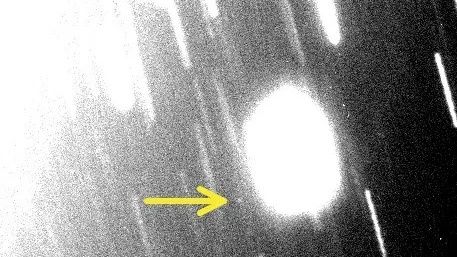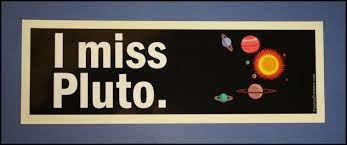- Joined
- Aug 19, 2014
- Messages
- 42,346
- Reaction score
- 31,613
- Location
- Tennessee, USA
- Gender
- Male
- Political Leaning
- Conservative
2 orbiting Neptune and the other around Uranus (Yeah...there's no way to avoid "the joke" here. Sorry  ).
).
Astronomers have discovered two tiny moons orbiting Neptune and one circling Uranus, bringing the number of their known moons to 16 and 28 respectively.
Uranus' new moon, the first detected around the ice giant in over two decades and possibly the smallest of its ilk, is just 5 miles (8 kilometers) wide; it takes 680 days to complete one orbit around Uranus. In comparison, one Mars' moons named Deimos, considered to be among the tiniest known moons in our solar system, is 8 miles (13 km) wide.
-skip-
The brighter of Neptune's two new moons is provisionally named "S/2002 N5." At 14 miles (23 km) wide, this newly discovered satellite seems to be in a 9-year orbit around Neptune. The fainter moon, currently assigned the name "S/2021 N1," is 8.6 miles wide (14 km) and circles Neptune once every 27 years. Both Neptunian moons will be assigned permanent names based on sea gods and nymphs in Greek mythology.

3 tiny new moons found around Uranus and Neptune — and one is exceptionally tiny
Two will be named after sea gods and nymphs and the other will be named for a Shakespearean character.www.space.com

